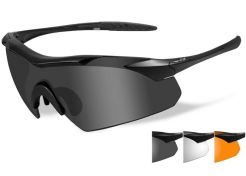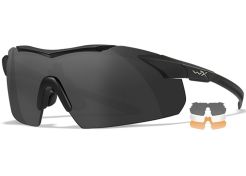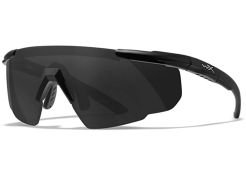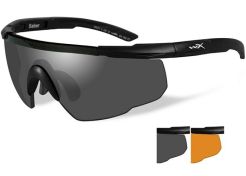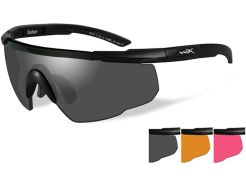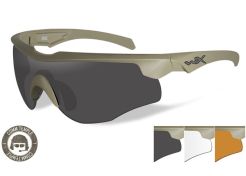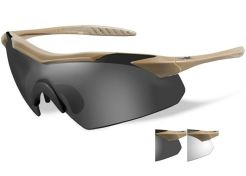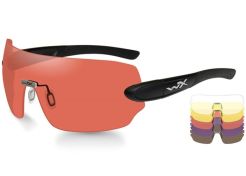Why wear safety glasses?
Safety glasses are worn during sport shooting and hunting training to protect your eyes. The eyes are very vulnerable and where an object might damage your skin lightly, the damage done to an eye can be quite more severe, as can be the resulting injury. Safety glasses can prevent a shell from hitting the eye and deflect powder residue. But a pellet from an airgun can ricochet too and parts of a clay (pigeon) can come swerving towards you. All extremely good reasons to wear safety glasses.
Protection isn’t the only reason why shooters wear safety glasses. When you use safety glasses with coloured lenses, these can give you an advantage too, providing more contrast and reducing eye strain. More about this under the header ‘Which safety glasses do I need?’
When are safety glasses obligatory?
Safety glasses aren’t obligatory as a rule for sport shooting or hunting training, but it all depends on the discipline. In IPSC, for instance, you must wear safety glasses and lots of shooting ranges demand you’re wearing them too. Logically, this goes for shooting clays too, as there’s quite a chance of their fragments coming your way.
So, while safety glasses are often mandatory, they’re not obligatory as a rule for sport shooting or huting training in general. The eyes, however, are incredibly vurnerable and damage to them can have such extreme consequences, that everybody wears safety glasses anyway. It’s just common sense.
Buying prescription safety glasses
As safety glasses need to be able to withstand a serious impact, it’s not straightforward to put prescription lenses in them. Safety glasses are made from impact resistant and very flexible polycarbonate. With that, they can comply to the strictest safety standards, such as the American ANSI Z87 and the European EN.166. The material isn’t suitable for producing prescription lenses.
Having said that, we’ve got safety glasses with an insert into which prescription lenses can be put. Any good optician can make prescription lenses for these inserts. The costs will be the same as for normal glasses. The only difference is that you’re now bringing your own frame.
Which safety glasses do I need?
This completely depends on your own preference and the level of safety that you require. We’ve got safety glasses with a conventional frame for situations where the impact can only come from the front. We’ve also got safety glasses where the lenses- will follow the shape of your head, thus giving a bit more protection from the sides.
Besides protection, improving vision can also be a factor to consider when buying safety glasses. We stock safety glasses in many different colours and even have models with changeable lenses, which means you can adjust your safety glasses to the lighting conditions you end up in.
Yellow safety glasses, for instance, will enhance contrast in low light and cloudy conditions, while orange will do the same with a bit more light, say half cloudy. Reds will filter straining blue light, while adding a touch more contrast, while blues and purples will flatten down greens and browns from the background. Grey lenses in all their variations are mainly meant to reduce bright light, preventing eye strain as you won’t need to squeeze them.







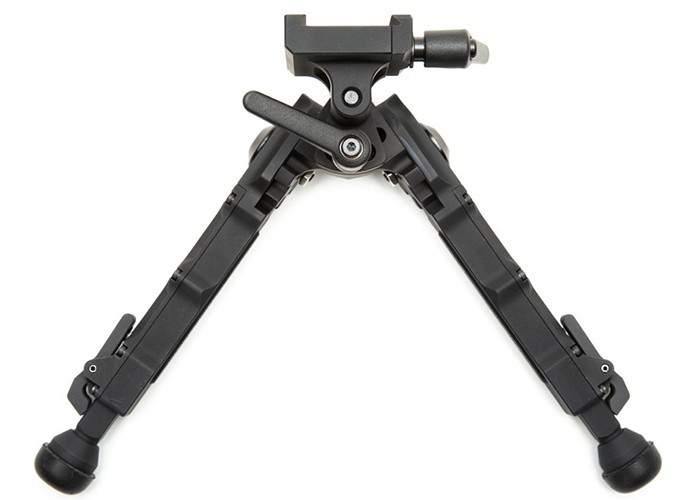
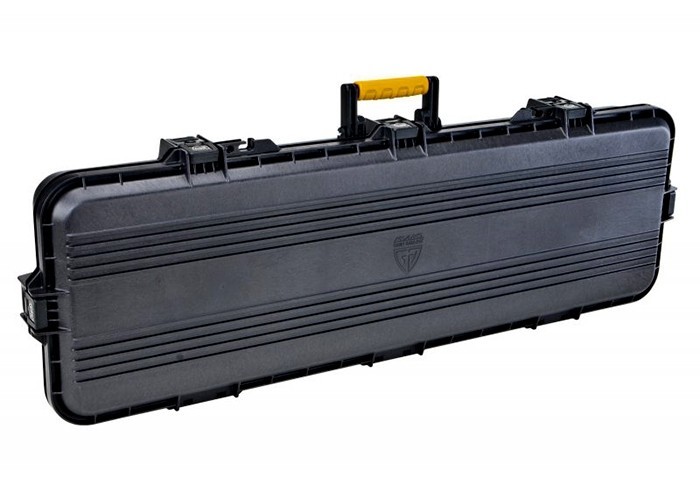
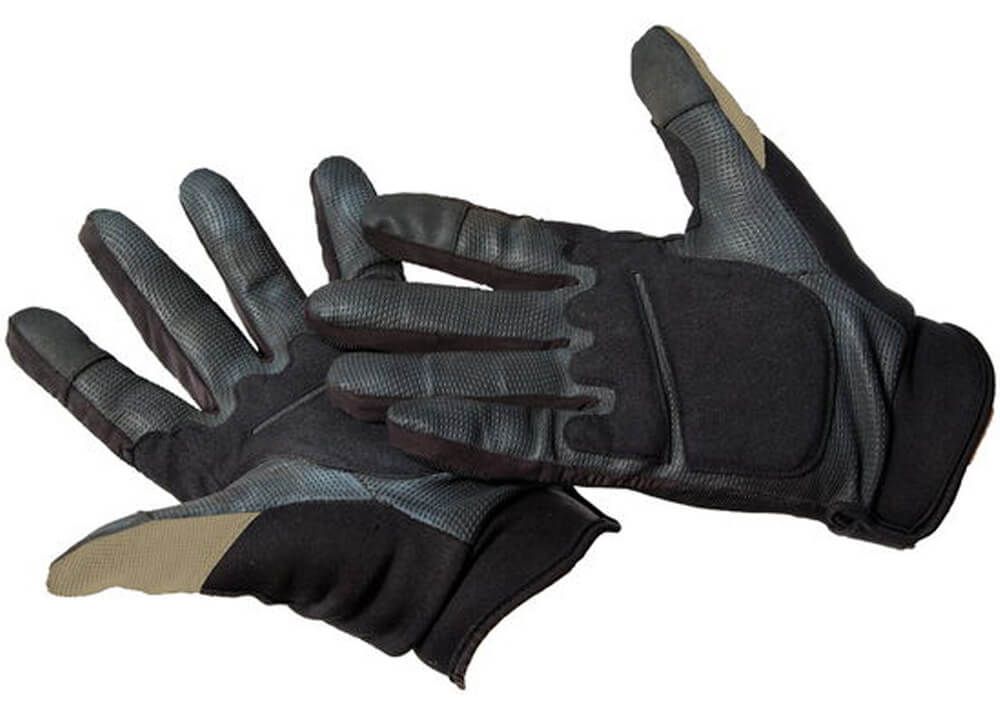
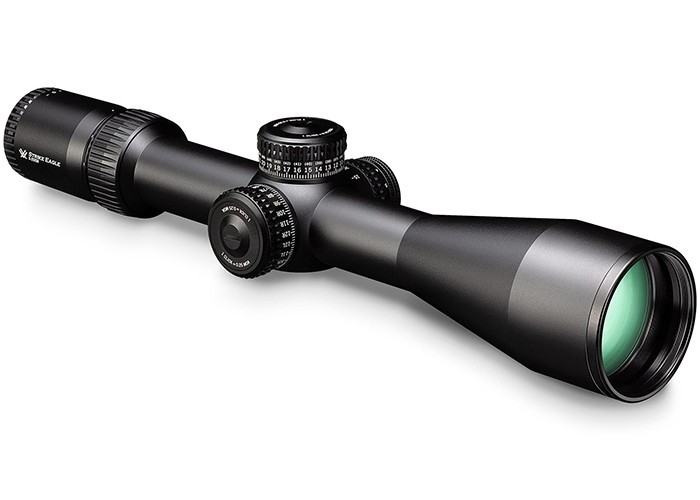
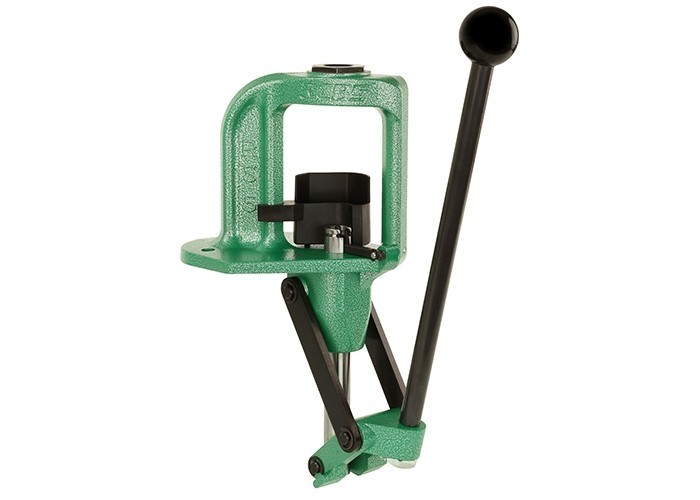
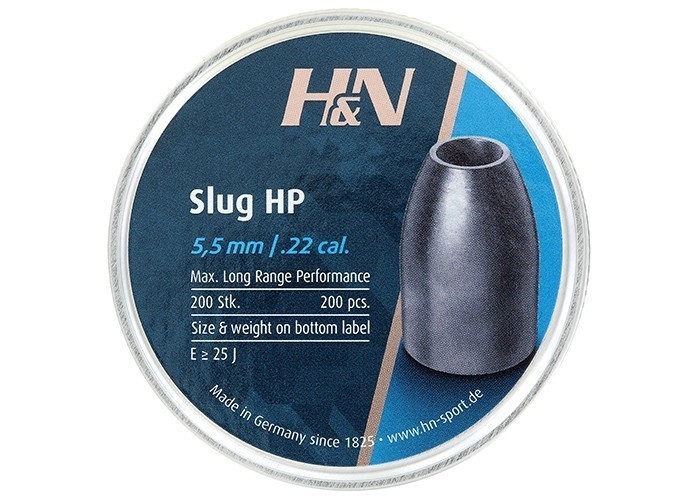
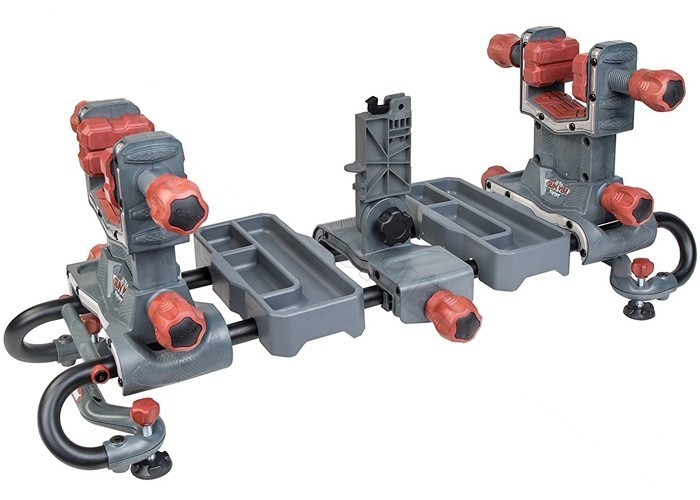
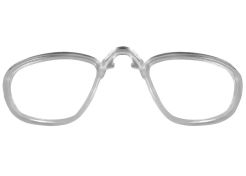
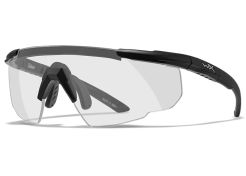
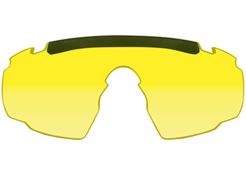
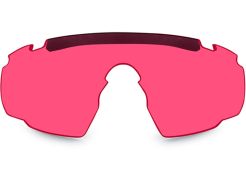
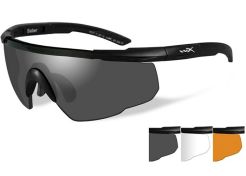
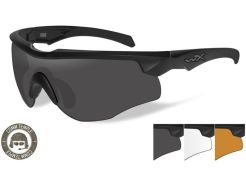
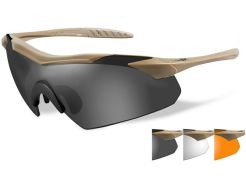
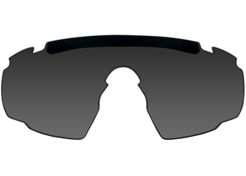
 Fast & secure delivery
Fast & secure delivery Secure shopping & payment
Secure shopping & payment Lots of expertise
Lots of expertise